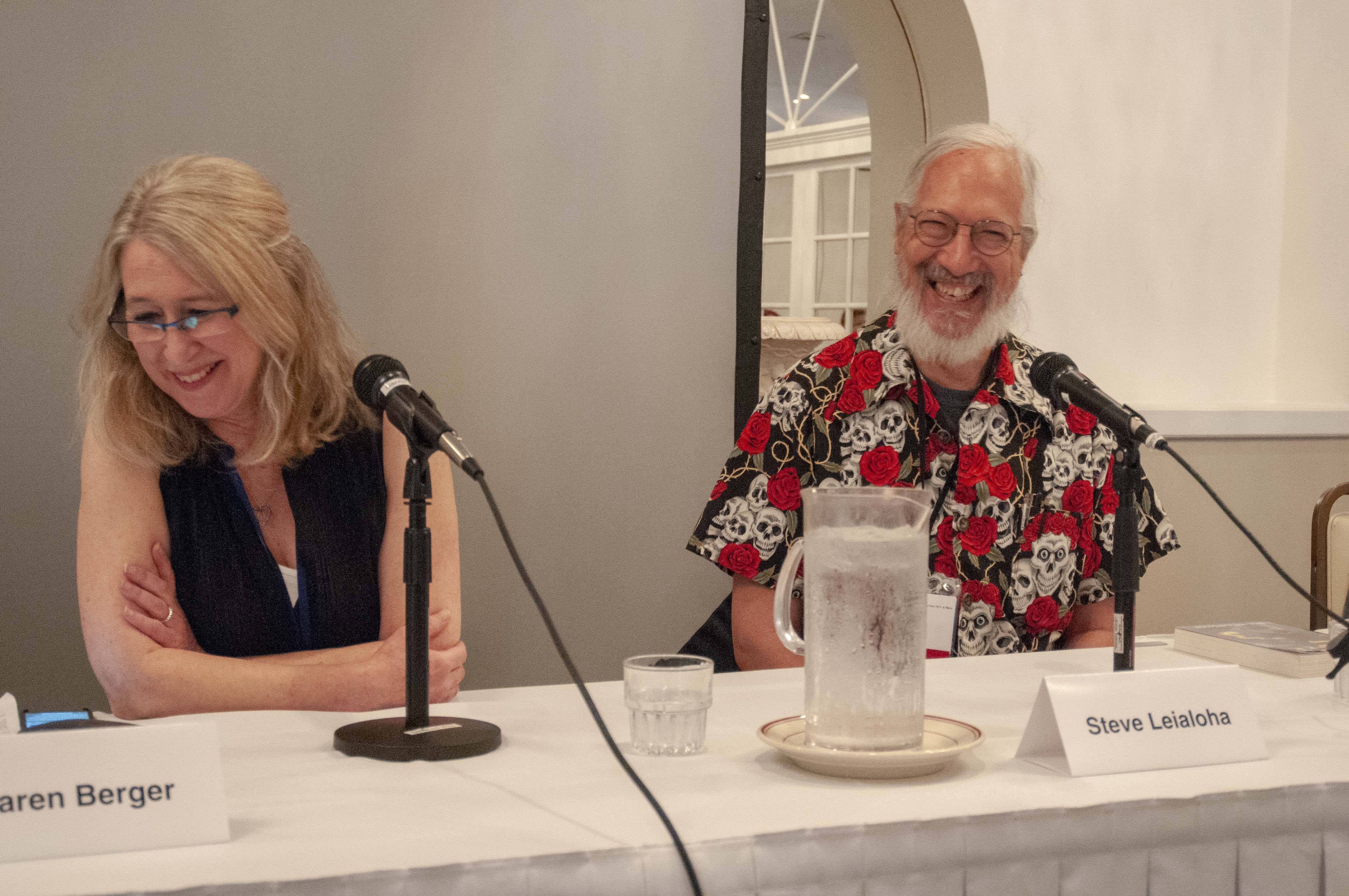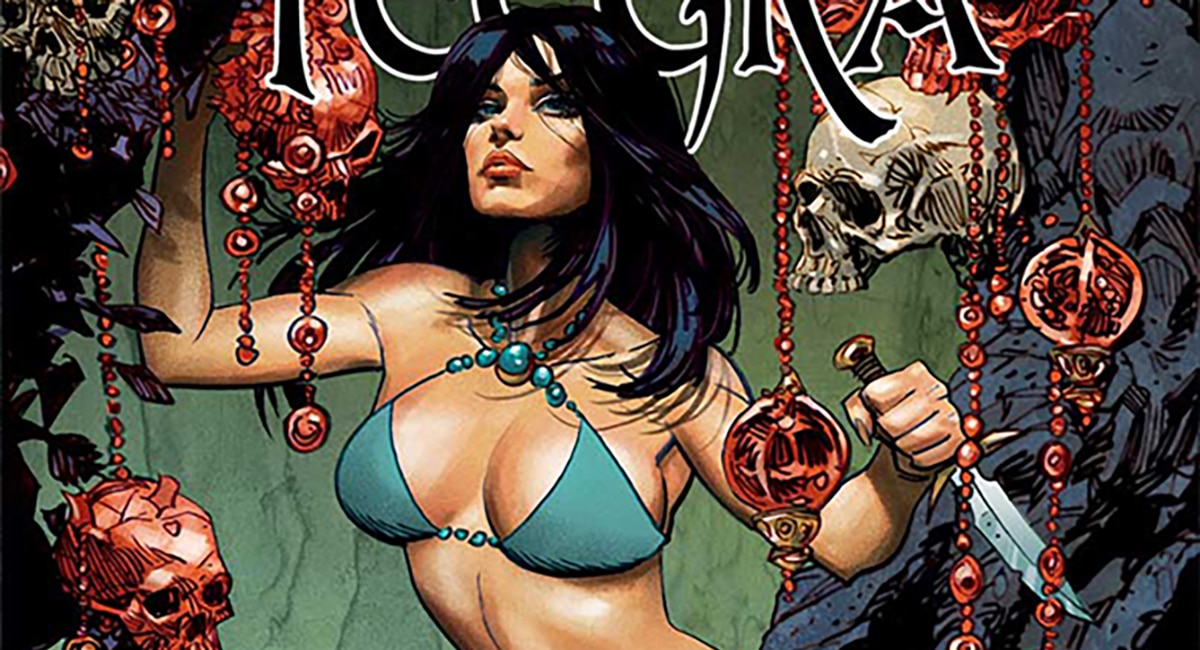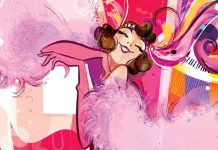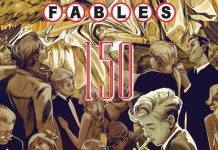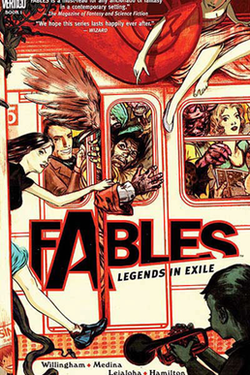
“I didn’t edit Fables,” began Berger. “Shelley Bond was the editor of Fables. As the editor of the Vertigo imprint, I technically oversaw all the comics. So, I did not read every one of them, but I tried to read as many as I could, and Fables was one of my favorites.”
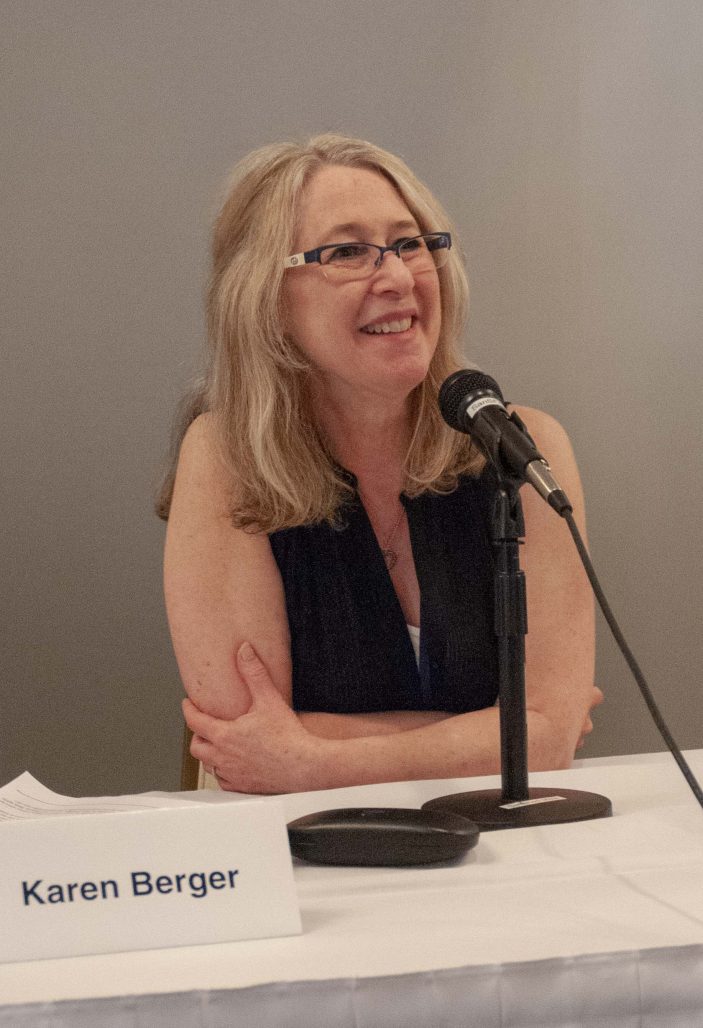
Though Berger didn’t edit the series, Berger was involved with it at the very beginning. “It was very organic,” she said. Bill Willingham was pitching story ideas for Vertigo. When he got to the idea of Fables, he only gave it the quickest of explanations and moved on, thinking that Shelley Bond wouldn’t be interested in it. At the end, Bond wanted to hear more of Fables, recalled Berger. “She said, ‘Bill, I would like you to go back to the one about fairytale characters in exile. Start telling us about that one again.’ And he was like, ‘No, no, no. I’m not quite too sure about that one.’ He’d talk about something else and she insisted he go back to that one. And that’s how that one came to be.”
Looking back, Berger could see how the idea was very much in Shelley Bond’s and Vertigo’s interests. “The thing about Grimm Fairytales, the real fairytales, are that they are frick’n scary and bloody,” she said. “There is something domesticated about them nowadays… And I think most people today have their ideas of fairytales because of Disney.” Steve Leialoha added, “It was very edgy and dark, and I think that Shelley could see that.” “But still,” continued Berger,” Bill managed to balance it well and make it real lighthearted. I think he did a fantastic job.”
A couple times, the Fables story was close in getting a show based off of it. NBC had first been to develop the concept, but eventually dropped it and produced Grimm, another story that loosely used old fairytales and myths. It was ABC’s turn to then be interested in producing Fables, picking up the rights in 2008. However, Steve Leialoha recalls a meeting that writer Willingham with ABC. “Bill Willingham foolishly said, ‘You know these stories are all public domain? You really don’t need us.’ And they were like, ‘Oh, yeah.’” Obviously, ABC did not follow through with a Fables show. Instead, their Once Upon a Time premiered in October of 2011.
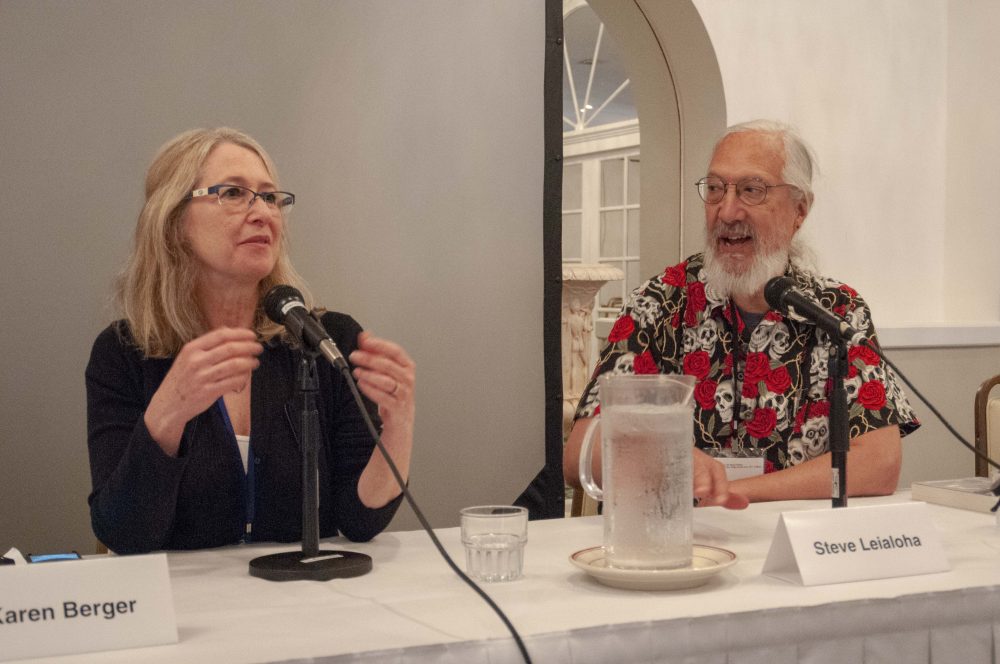
Though Fables used already existing characters that audiences were roughly familiar with, one of the story’s charms was that writer Bill Willingham managed to keep the narrative fresh. “Bill managed to bring in other genres into the writing,” said Berger. “There was an interplay of characters over seasons.” She also added, “Bill was managing to find aspects of stories that no one even thought about… It got pretty metaphysical toward the end.”
Indeed, Fables has had a long and successful career for not only Vertigo, but also writer Bill Willingham who managed to give new life to these storybook characters of old. The series proved that these stories went beyond their Disney reimaginings, and indeed could be enjoyed by adults. As Karen Berger said towards the end of the panel, “There’s a universal appeal to fairytales… And this was an edgy, grownup take on them.”


